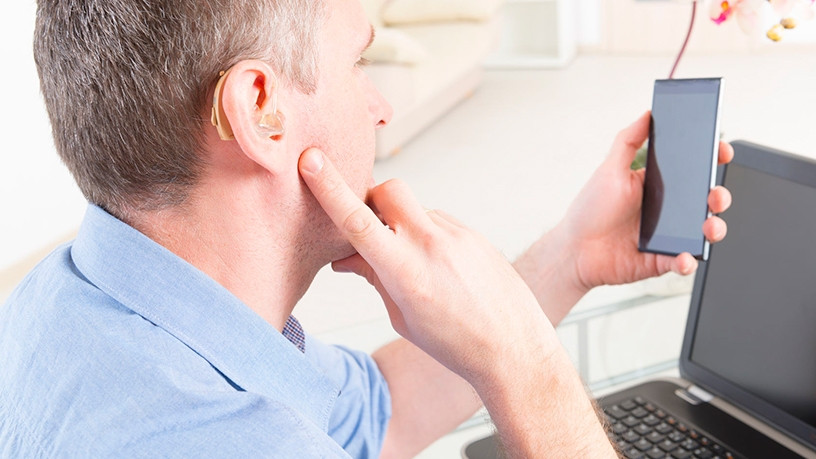
There will be more than 285 million ear-based wearables or 'hearables' used in 2022, a nearly sevenfold increase over the 43 million expected to be in use by the end of 2017.
This is according to a report by Juniper research titled: Future Hearables: Strategies, Opportunities & Forecasts 2017-2022.
The report found that the growing trend for wireless audio, accelerated by smartphone original equipment manufacturers removing the 3.5mm headphone jack, is pushing the average price of headphones up, reducing the price gap between headphones and hearables.
Multimedia hearables (hearables focused on providing audio) will be the leading category, comprising over 50% of hearables used throughout the forecast period, says the study.
These will be a key platform for digital assistants, with over 80% having a voice assistant like Siri or Alexa, it adds.
Juniper expects large tech firms like Apple and Google to dominate this category, but new entrants like NuHeara and Nuraphone will gain some share while the market is still nascent.
The hearables market is growing rapidly, not only in volume terms, but also in the number of new products coming to market, says Research and Markets. Some recent key products include Bragi Dash, Doppler Labs' Hear One, Samsung Iconix, and Vi Fitness Coach.
Markets and Markets expects the hearable devices market to be worth $23 billion by 2023, at a compound annual growth rate of 9.98% between 2017 and 2023. It says the growth of this market is mainly driven by the growing demand for smartphones as a source of entertainment; consumer preference for wearable and portable devices; increasing demand for health monitoring applications and hearing aids as well as high investment in research and development for hearables by original equipment manufacturers.
Juniper says while attention is currently focused on audio and fitness hearables, assistive hearables, which amplify or adjust what the user hears, will generate the most revenue due to the high price of medical hearables, which is typically over $1 500. It expects this to drop sharply due to competition from over the counter hearing aids and devices like Bose's earphones, which promise hearing enhancement instead of explicitly medical hearing correction.
"While the hearables category began in fitness, it is now much broader", remarked research author James Moar. "Being able to adjust your hearing appeals to many more people will ultimately destigmatise hearing aids and enrich the lives of many with hearing loss."
The huge market of hearing aids is accounted because of the increasing number of the hearing-impaired population across the globe, says Markets and Markets.
According to World Health Organization (Switzerland), more than 5% of world's population suffers from hearing loss.
The huge market of hearing aids is accounted because of the increasing number of the hearing-impaired population across the globe, says Markets and Markets.
Companies in the market have a strong distribution network to ensure the availability of customised hearing aid devices, it adds. These hearable devices help manage particular health conditions and disease states, says Markets and Markets.
Companies in the market have a strong distribution network for these customised hearing aid devices, it says, adding that the devices also help manage particular health conditions and disease states.
As the hearables market grows, it is expected to take share from the wireless headphone and hearing aid markets as some functionality of both these types of devices are expected to merge into hearables, says Research and Markets.
Share